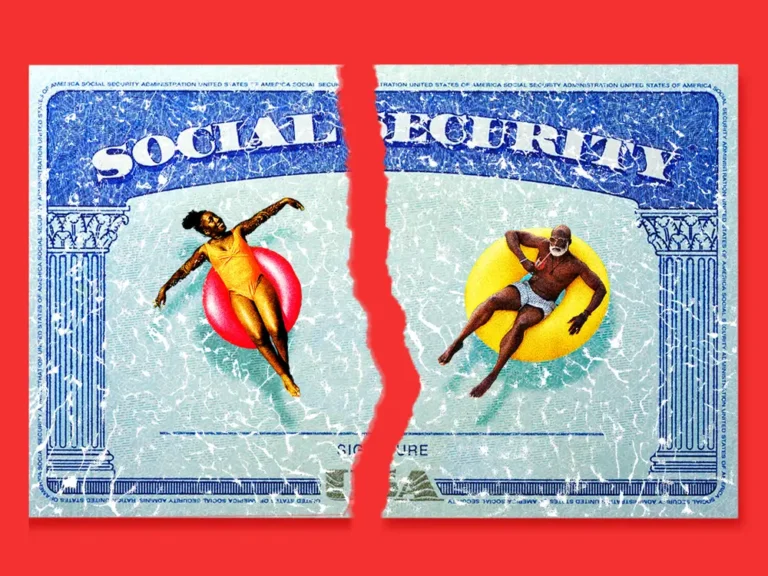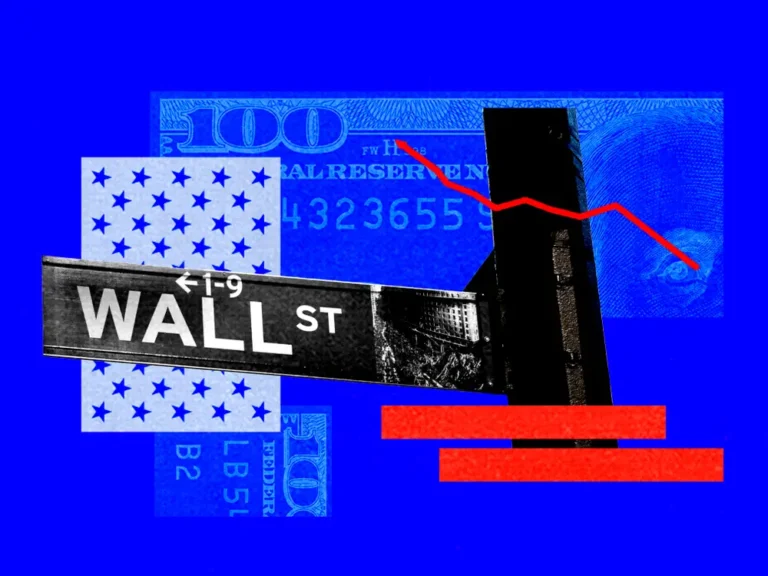Bonds offer risk-free returns of over 5% for the first time in two decades. Here’s how to capitalize on the easy money without tying up your cash for years at a time.

- Short-term interest rates are the highest they’ve been since the early 2000s.
- With rates likely near a peak, now is a good time to invest in Treasurys, says a financial advisor.
- A strategy that allows for flexibility and hedged risk is bond laddering.
Investors can now cash in on some meaningful returns in government bonds as a result of one of the most aggressive Federal Reserve tightening cycles in history.
This is especially true for short-term Treasurys with maturities of one year or less, which tend to track the fed funds rate closely and thus now offer risk-free annualized returns of more than 5%. Government bonds are generally regarded as risk-free because the US government has never defaulted on a debt payment, though concerns about the riskiness of longer-term bonds have grown in recent weeks in the aftermath of the debt-ceiling standoff in Congress earlier this year.
Annualized Treasury bill yields as of Thursday afternoon were as follows:
- 1-month: 5.36% –
- 2-month: 5.41%
- 3-month: 5.43%
- 4-month: 5.47%
- 6-month: 5.49%
- 1-year: 5.32%
These are some of the highest levels since the early 2000s, and they outperform longer-term Treasury notes like the 2-year (4.82%) and 10-year (4.08%), as well as Treasury bonds like the 30-year (4.24%).
A prudent strategy to consider for investors seeking to capitalize on high short-term rates is the bond ladder, which allows investors more flexibility and access to their cash over the investment duration.
The strategy is straightforward. Assume you have $6,000 in your savings account that you don’t intend to spend in the coming year. You can put $1,000 into each of the six Treasury bill maturities of one year or less, or any combination of the six. (A $100 investment in the Treasury is required.)
In this case, you’d have $1,000 in each of the 1-month, 2-month, 3-month, 4-month, 6-month, and 1-year options. As each month passes and one of your bills matures, you can take the principal and interest earned and reinvest it in another bill.
For example, after the first month, you would receive your $1,000 principal plus a $4.46 coupon on the 1-month bill. A $1,000 bond with an annual interest rate of 5.36% equals $53.60. Because it’s a one-month bill, you divide it by 12 to get the annualized rate.
You could then reinvest that $1,004.46 in any duration to keep the returns coming. According to Andrew Crowell, a financial advisor and vice chairman of wealth management at D.A. Davidson, the best strategy is to re-invest the money in the duration that provides the best return. That would be the 6-month bill right now, but rates may have changed in a month’s time.
You would then receive your $1,000 principal on the 2-month bill, as well as the $9.01 coupon from the 5.41% annualized interest rate, after the second month. You could then reinvest that money, as you did after the first month, or you could pocket it if necessary. This procedure would be repeated each time a bill reached maturity.
Again, this approach provides investors with flexibility in the event that some of the funds invested are required. If someone put all of their money into a one-year bill, they wouldn’t be able to get their money back unless they sold the bill.
According to Crowell, the approach also allows investors to profit if interest rates rise during the hypothetical year. If interest rates rise by 100 basis points in the six months since your initial investment, you could reinvest at the higher rates. However, if you put all of your money into a one-year bill, you would be locked in at the rate you purchased it at.
At the same time, rising interest rates imply falling prices, so investing in multiple very short-term bills allows you to hedge downside risk because you only have to wait a few weeks to get your money back.
On the other hand, if interest rates fall, prices rise, and one can sell the longer-term bills they own (in this case, the 1-year) for a profit.
It is unknown where interest rates will go from here. According to the CME Group’s FedWatch tool, investors believe the Fed is done raising interest rates and will begin cutting them in the first half of 2024.
Crowell believes rates have peaked and that investors should take advantage of the current high rates, including more medium- and longer-term Treasurys.
“The next direction they’re going to move rates in is going to be down,” he predicted. “So I think the opportunity is to take advantage of some of these rates now, and maybe even some of the longer-duration bonds — longer than a year: 2-years, 5-years — knowing that when the Fed does begin to cut rates, you’re going to see that bond appreciate in value.”
Treasurys can be purchased through TreasuryDirect or a brokerage firm such as Charles Schwab or Vanguard.






